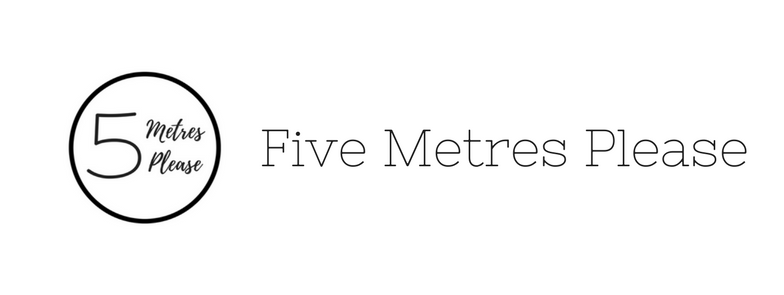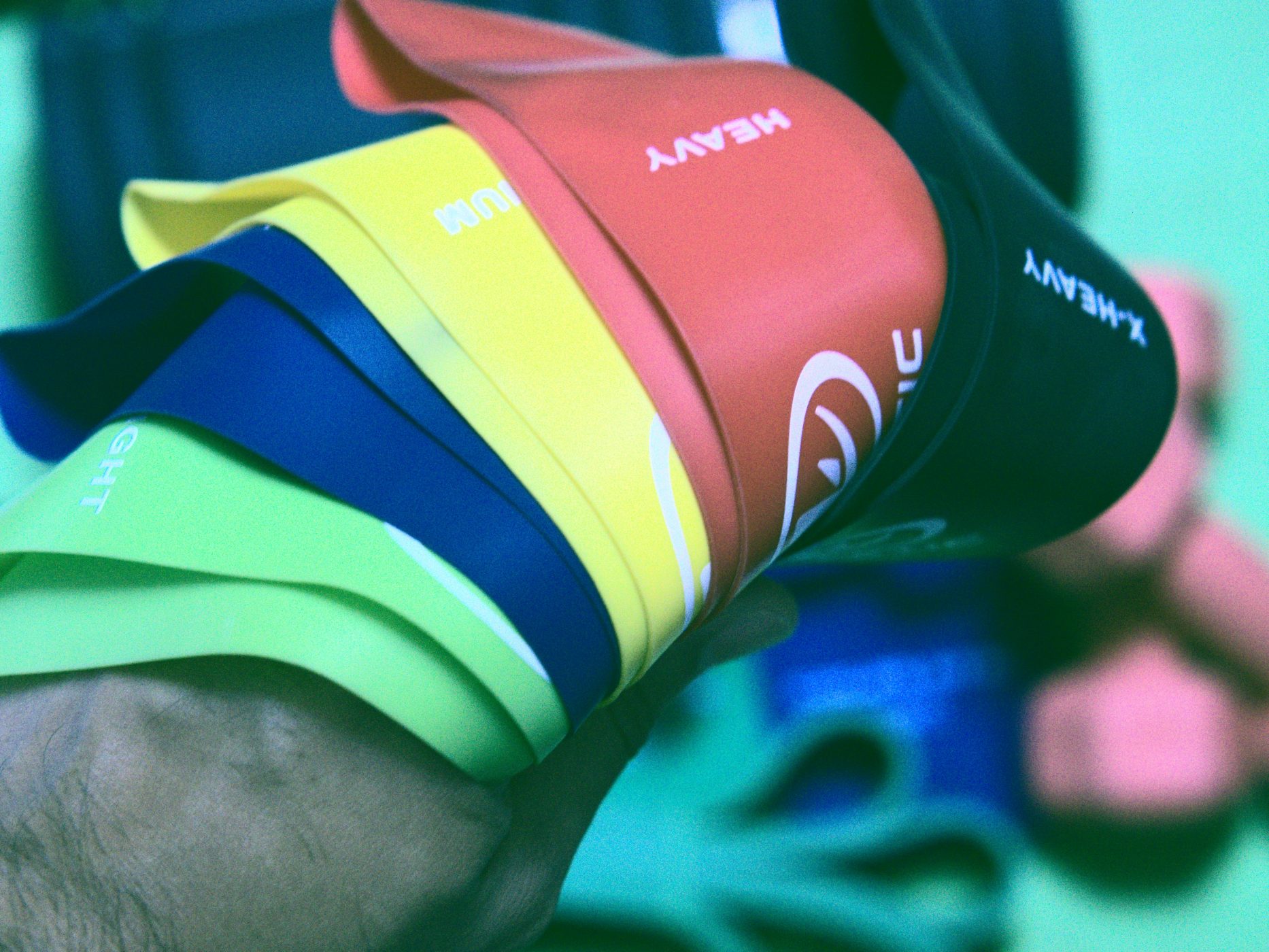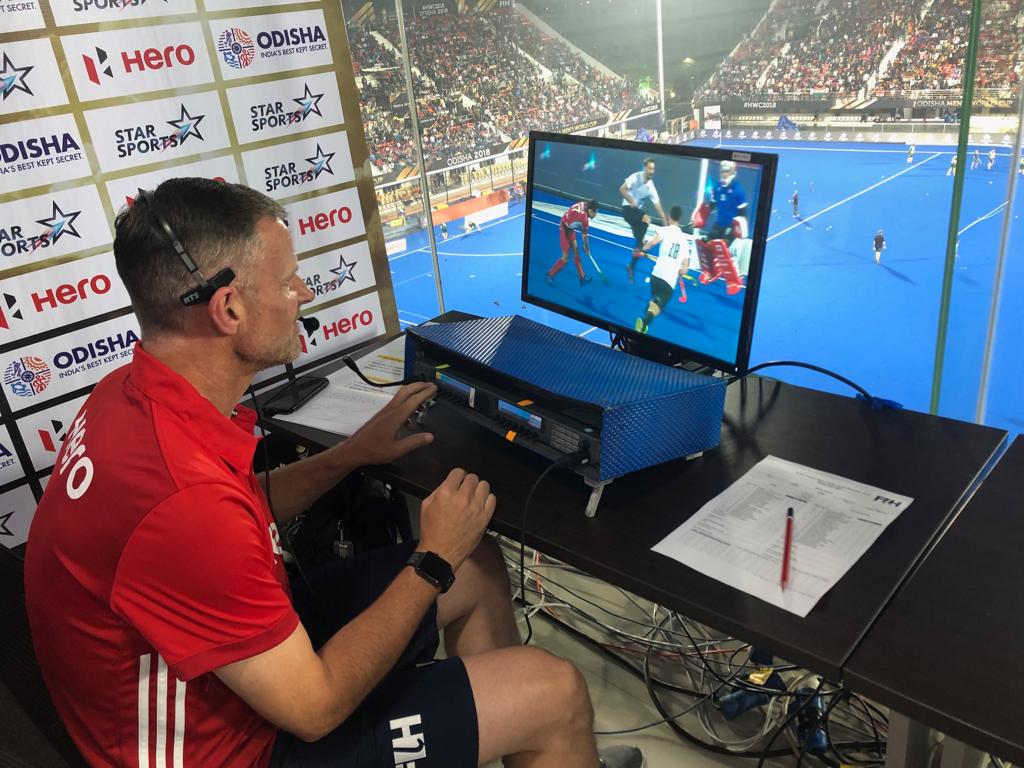Commonwealth Games Review – rules, umpire cam and around the grounds

HOW GOOD WERE THE COMMONWEALTH GAMES?!
Too much excitement? I don’t know what you’re talking about…
Man, I love sport. And I LOVE multi-sport games. So. Much. To. Watch. All the time. It’s the best.
And can I just say how great it was to combine the para-athlete spots with the able-bodied sports! I loved watching these inspirational humans compete on an equal stage.
I really loved watching the gymnastics and the diving, the netball and the athletics. But let’s be real, I was really in it for the hockey. And more specifically, to watch some epic displays of umpiring. Cause I’m a massive nerd – I mean, passionate. Let’s go with passionate. 😀
So I thought it would be great to do a run-down of some of the great moments and key points over the Games in the hockey, with the focus from an umpiring lens… I mean, this is an umpiring blog after all. We’re going to look at some rule points, general interpretations, the umpire cam, and just some general moments of me fan-girling when I went up to watch for the weekend. Yes, I know I’m a dag. You’re welcome.


Commonwealth Games Round-Up
This post makes use of the amazingly useful video clips from FHumpires on instagram (search #askFHU) – you can also find FHumpires on Facebook and Twitter). Make sure you check them out!
Rules review
Breakdown tackles
Breakdown tackles can also be a tricky topic for developing umpires (and even experienced ones!). You really need to ask yourself what the intention of the player was when they made the tackle. Often the only intention is to slow down play by breaking down the run of the player or the flow of the game – hence the term breakdown tackle.
These need to be penalised accordingly, and of course we have a whole tool box at our disposal in order to manage these in a game. Personal penalties vs. team penalties, loud whistles, verbal warnings, cards, PC upgrades, etc. Each situation and game is different, but a big thing to consider when deciding the penalty is IMPACT – did the tackle have a HIGH impact on the game? i.e. an attacker running towards the circle? A PC upgrade, and maybe a card too, might be best here. In the midfield, or play coming out of defence, a breakdown tackle is likely to have a LOW impact. A personal penalty (i.e. green card) is probably better. The time of the match, score, feel of the game and number of incidences will all also impact on which penalty is appropriate.
Taking a player down though, that’s dangerous. This should *generally* be a yellow card. Such as these for example:
Sometimes, spotting the breakdown tackle is very easy… this player makes absolutely no attempt to play the ball. There’s no skill involved. A tackle like this, at basically any level, needs to have a seat in the naughty chair for a couple of minutes.
And then sometimes it’s just an unfortunate change of direction that is hard to anticipate – manage these appropriately, but remember that player safety is paramount.
Body shielding
This one can be hard to spot sometimes, and often doesn’t get called in domestic/local competitions because of this, or perhaps because umpires aren’t confident in blowing it. This is a great example of it happening and being picked up at the Games. You can see the attacker runs sideways for quite a few steps with the ball back behind her, placing her body between the defender and the ball to stop the defender being able to make a tackle. That’s body obstruction, or shielding using your body.
PC Shielding
Also a difficult one to spot sometimes. Sometimes it’s very obvious, but often it’s not… there’s so much going on during a PC, especially once the ball reaches the top of the circle and all the other players are running to their positions. Take a look at this one – watch closely where the ‘dummy’ trapper runs. He is set up on the top of the circle as a trapper in a double battery setup. When he doesn’t receive the ball, he runs across the top of the circle to the other side, directly in front of the first runner…
Did his shielding prevent the runner from making a play at the ball? Potentially. This is where help from your co-umpire can be super helpful! And it’s important to remember as the disengaged umpire that this is something you need to watch for and potentially help your colleague out with (a word of caution though, don’t blow it in your co-umpire’s circle! Make sure you discuss how you will help each other and when in your pre-match chat!)
Going 5m
Judging whether the ball has travelled 5m before entering the circle can sometimes be a bit of a counting exercise! Everyone has a slightly different measure out on the field, so I always make sure to try to communicate to the players clearly around the 5m. Let players know when they aren’t 5m away if they need to be. Let players know when they have travelled 5m so that they know it’s ok to enter the circle, or so the defenders know it’s ok to come in and tackle. This clears up any confusion and makes sure there’s no surprise calls.
It can be hard to judge the 5m distance from the other side of the field, so make sure you and your co-umpire have sorted out who will take control of that. It’s often easier for the ‘disengaged’ umpire to manage and officiate/blow on their side of the field, even if it’s in your 23m area. If you have radios, they can be invaluable in order to help you communicate this to each other, especially if a PC upgrade is needed because the defender wasn’t 5m.
Circle positioning and teamwork
Circle positioning is an umpire’s most important thing. Your circle is your home base, the most important part of the pitch for you – it’s where you really need to get your decisions right and positioning is a massive factor in that happening. Usually being along the baseline, or a step in, gives you a pretty good position to see what’s going on, but sometimes it just doesn’t cut it. Particular when play is on the baseline on the other side of the goals, or if the goal keeper is out, or play is on the other side of the circle where players have their back to you. In these instances, moving off the baseline further up the circle can really help to open the angle up and give you a better view – just be careful not to get caught in the play or in the line of fire of the ball! It also massively helps to have the other half of your A-team supporting you in these times. Here is a great example of when being on the baseline just doesn’t allow you to see an infringement on the other side of the circle, and of excellent teamwork to get the right decision.
Umpire Cam
This is basically just to acknowledge how COOL the use of umpire cam was at the Comm Games. Just in-case you’re not exactly sure, umpire cam is… well, a camera that shows the umpire’s view of the game. It’s broadcast to TV, generally in the replay, and gives a great insight into exactly what the umpire sees from their position on the field. It’s often worn on the umpire’s head, like a headband, but can also be worn on the body with a harness type thing. The head-cam is better in my opinion as you actually see what the umpire’s eyes see, especially for when they turn their head.
Umpire Cam gives people at home, who may not have ever stepped out on a hockey pitch, or who maybe haven’t seen the game from the umpire’s seat before, a great view of what it’s like to be out on the field. It allows a much greater appreciation for what the umpire sees from their perspective, and actually just how quickly play happens and how fast you have to make a decision. I think this is a really great perspective to share in order to increase the understanding and respect of the job officials have in our sport!


Fan-girling. Brought to you by Rhiannon Murrie.









What did you think of the games? Or what are your thoughts on the rules and videos above? Let me know in the comments below! And share this post on social media using the share buttons below.
Make sure you catch Five Metres Please on Facebook, Instagram and Pinterest to keep up to date with goings on and behind-the-scenes action!




You must be logged in to post a comment.